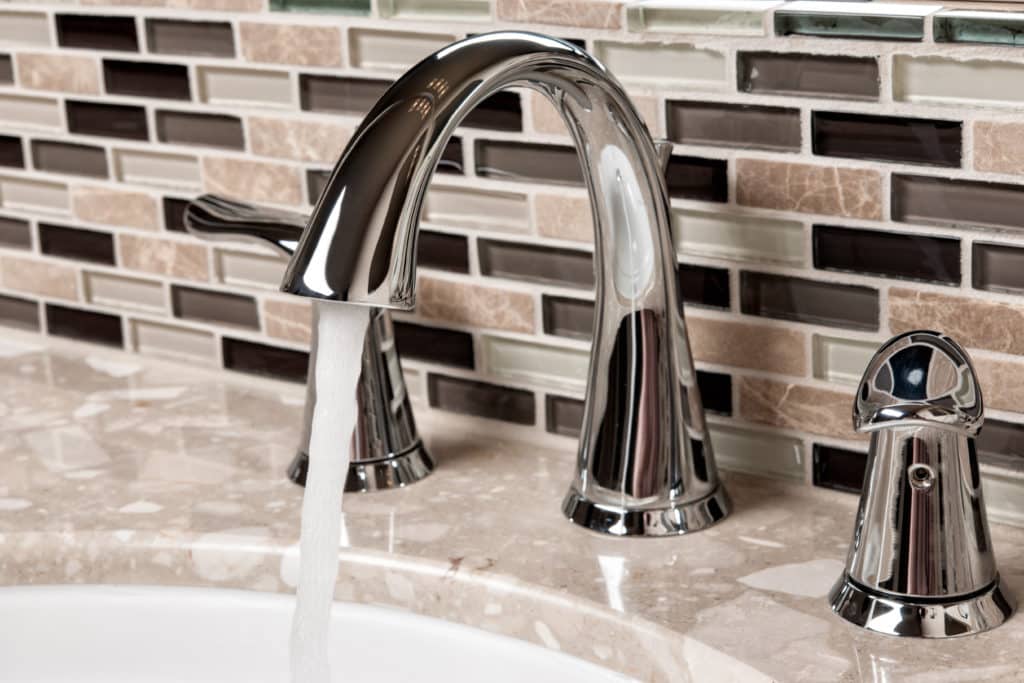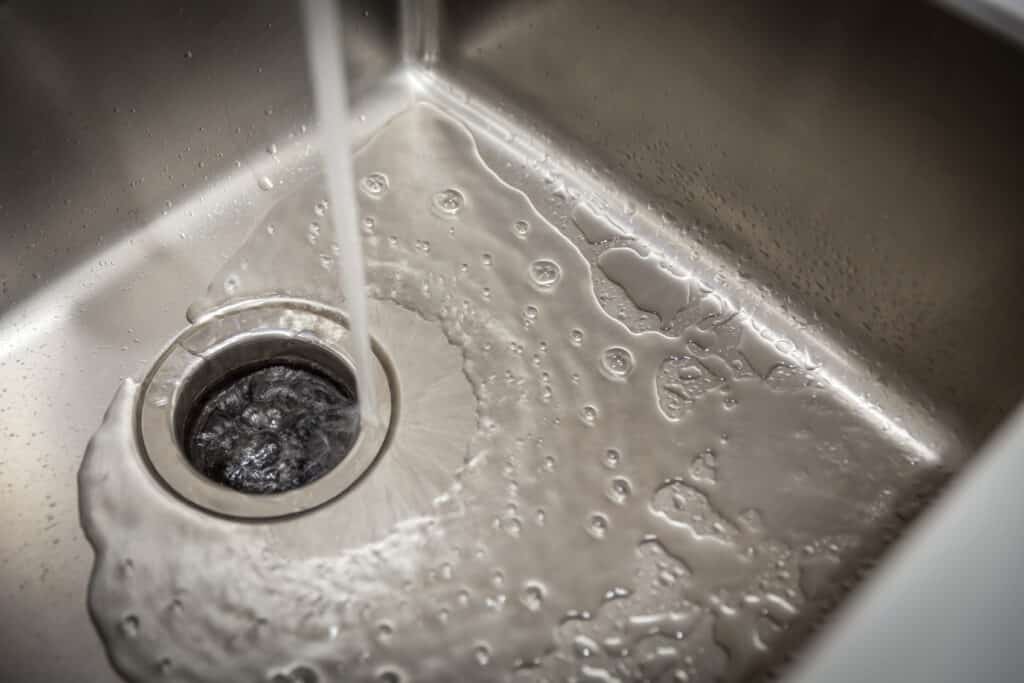
When it comes to keeping your home supplied with hot water, the type of water heater you choose can impact your energy bills, water availability, and long-term comfort. Two popular options dominate the market: traditional tank water heaters and tankless water heaters. Each has its advantages and disadvantages, and understanding the differences can help you make the right choice for your household.
What is a Traditional Water Heater?
Traditional water heaters, often referred to as tank water heaters, heat and store a large volume of water, ranging from 30 to 80 gallons, in an insulated tank for immediate use.
How It Works
- Cold water flows from your home’s water lines into the tank through the dip tube, which directs it to the bottom.
- The thermostat activates the heating elements or burner to warm the water until it reaches the desired temperature. As it heats, it rises to the top of the tank.
- When a hot water faucet is turned on, hot water is released from the top of the tank through the heat-out pipe.
- At the same time, the inflow of cold water from the dip tube replaces the hot water that has been used, ensuring the tank remains full and there is a continuous supply.
Pros of Traditional Water Heaters
Lower Upfront Cost — Traditional water heaters are usually cheaper to purchase and install.
Simplicity — They have a straightforward design with fewer installation requirements.
Multiple Water Outlets — Tank water heaters can supply several taps at once, depending on tank size.
Cons of Traditional Water Heaters
Energy Waste — Traditional water heaters constantly keep water hot, which can increase your utility bills.
Limited Supply — Once the tank is empty, you’ll have to wait for it to refill and reheat.
Takes Up Space — Tank water heaters are large and require considerable storage room.

What is a Tankless Water Heater?
Tankless water heaters, also known as on-demand water heaters, heat water only when you need it, rather than storing it in a tank.
How It Works
- When you turn on a hot water tap, cold water travels into the tankless unit.
- A flow sensor detects the water movement and signals the heating mechanism to turn on.
- The water is rapidly heated to the set temperature before it moves through the pipes to your faucet or showerhead.
- When you turn off the tap, the flow sensor stops the heating process, and the unit shuts down until the next time hot water is needed.
Pros of Tankless Water Heaters
Energy Efficient — A tankless water heater only heats water when needed, which can lower your energy bills.
Unlimited Hot Water — You don’t need to wait for a tank to refill, making it a great choice if you have a large family.
Compact Size — A tankless water heater is compact, so it saves space and can be installed in small areas or even outdoors.
Longer Lifespan — A tankless water heater typically lasts 20 years, while a traditional unit lasts 10 to 15 years.
Cons of Tankless Water Heaters
Higher Upfront Cost — A tankless water heater is more expensive to purchase and install.
Flow Rate Limitations — It may struggle to supply multiple faucets simultaneously, depending on size.
Complex Installation — It may require upgrades to gas lines or electrical systems.
How to Choose Between the Two
Here are some key factors to consider when deciding which water heater is right for you:
Household Size
- Small households may appreciate a tankless system because of the lower usage.
- Large households may need either a high-capacity tankless system or a traditional tank to meet their demand.
Energy Efficiency Goals
- Tankless systems save energy by heating water only as needed.
- Traditional tanks may be less efficient, but are sometimes better suited for homes with low energy costs.
Space Availability
- A tankless water heater works well in homes with limited space.
- Traditional tanks need a dedicated storage area.
Budget
- Traditional water heaters cost less upfront.
- Tankless systems save money in the long run but require a higher initial investment.
Maintenance and Longevity
- Tankless heaters generally require annual maintenance, like descaling.
- Traditional heaters may need tank flushing and replacement after 10 to 15 years.

Persistent Hot Water Requires the Right Water Heater
Both tankless and traditional water heaters have their advantages and drawbacks. The right unit for your home depends on your household size, energy goals, space, and budget. Before making a final decision, consult with a licensed plumber to ensure the system you choose will meet your home’s specific needs.
